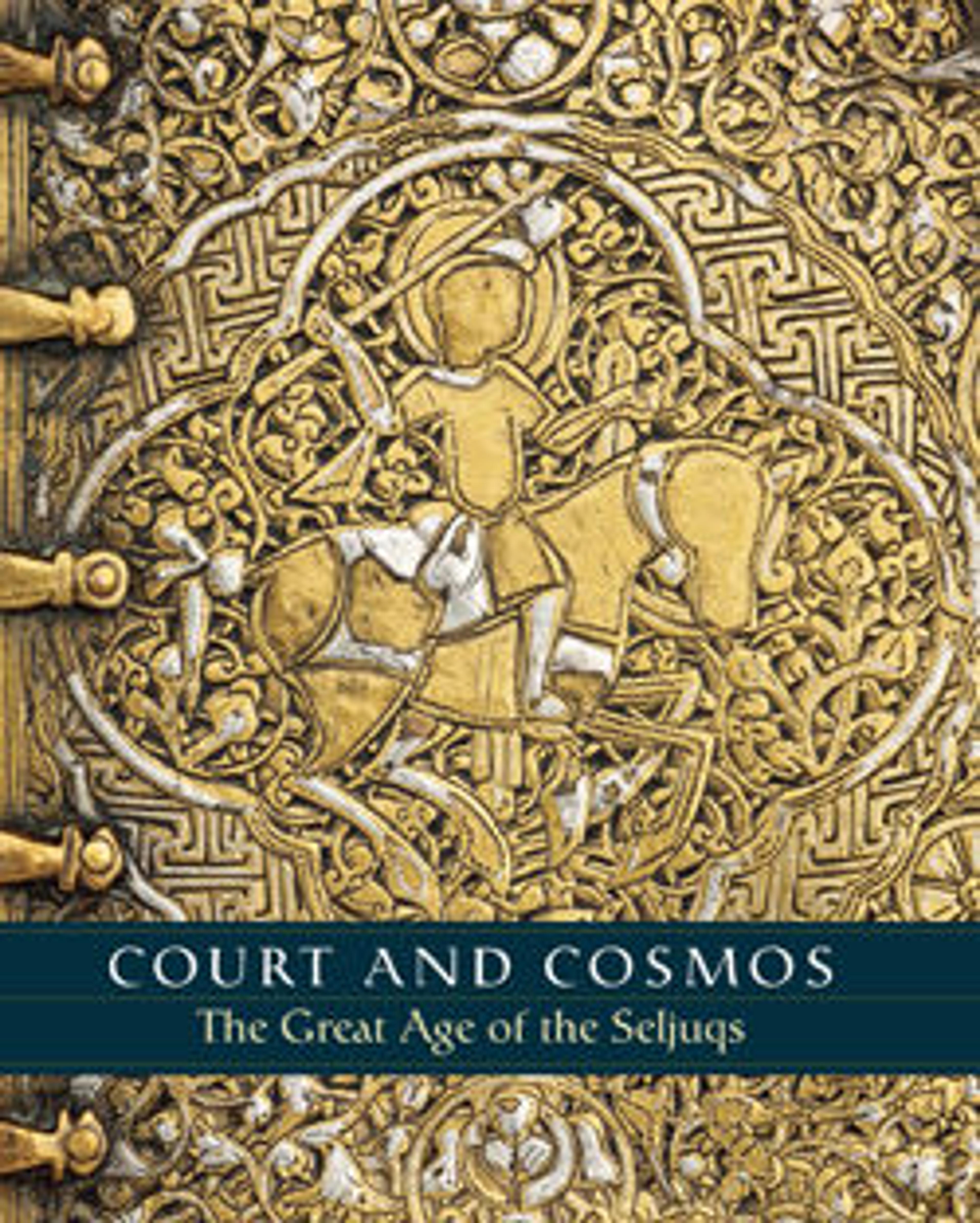Necklace
Both men and women wore silver and gold necklaces in Seljuq times, but these resemble women’s chokers. The spherical gold beads of this necklace would have been formed by hammering gold sheet into a stone with a hemispherical depression and soldering the two halves together.
Artwork Details
- Title:Necklace
- Date:11th century
- Geography:Country of Origin Iran
- Medium:Gold; granulation
- Dimensions:H. 16 in. (40.6 cm)
W. Lg. bead: 7/8 in. (2.2 cm)
D. Lg. bead: 1 in. (2.5 cm)
Wt. 5.1 oz. (144.6 g) - Classification:Jewelry
- Credit Line:Gift of Mrs. Jacob M. Kaplan, 1972
- Object Number:1972.218.1
- Curatorial Department: Islamic Art
More Artwork
Research Resources
The Met provides unparalleled resources for research and welcomes an international community of students and scholars. The Met's Open Access API is where creators and researchers can connect to the The Met collection. Open Access data and public domain images are available for unrestricted commercial and noncommercial use without permission or fee.
To request images under copyright and other restrictions, please use this Image Request form.
Feedback
We continue to research and examine historical and cultural context for objects in The Met collection. If you have comments or questions about this object record, please contact us using the form below. The Museum looks forward to receiving your comments.
